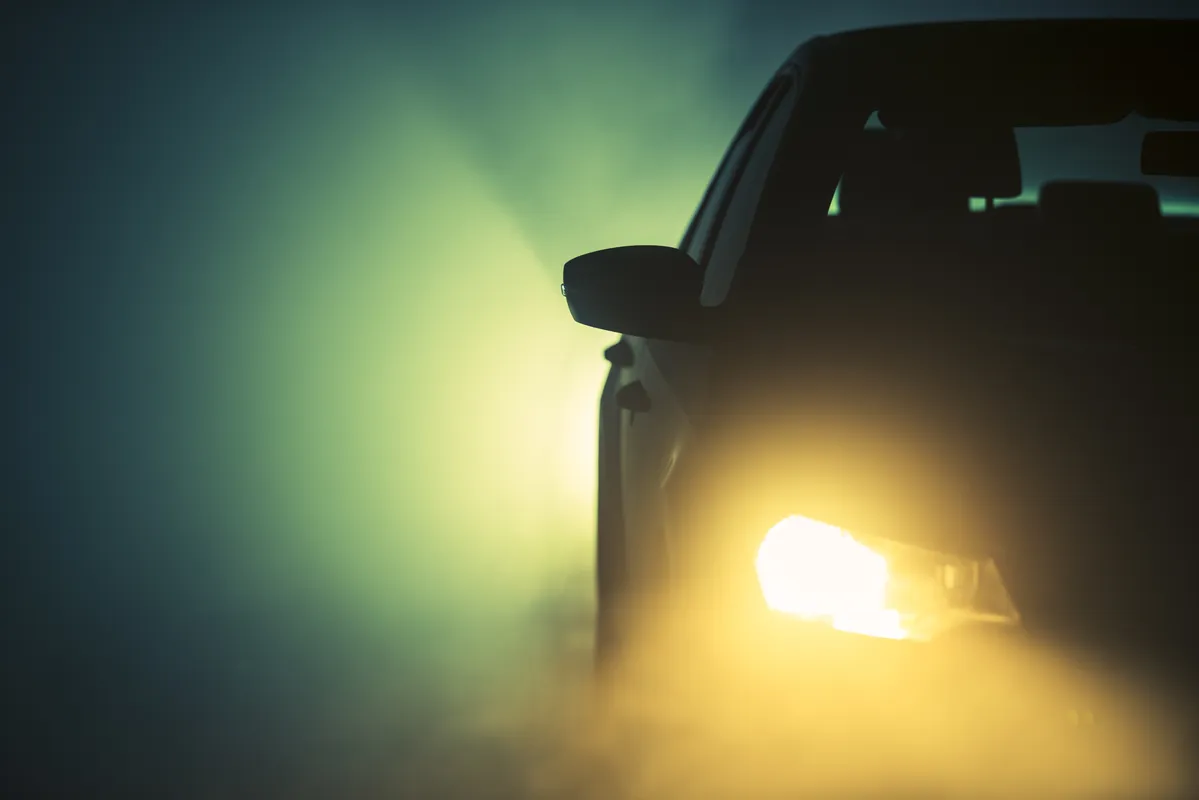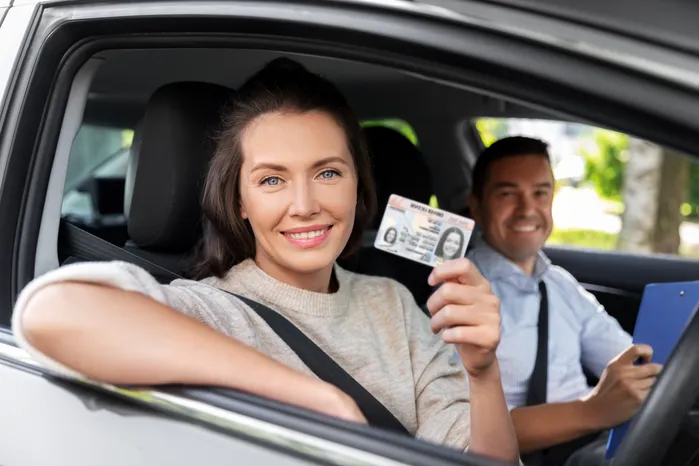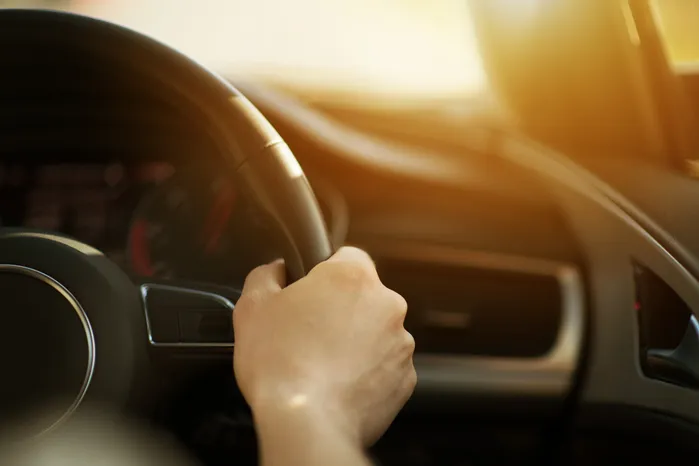5 min read time
Table of Contents

Is It Illegal to Drive with Your High Beams On in Nevada?
Under NRS 484D.215, it's not illegal to drive with your high beam lights on.
However, there are rules surrounding high-beam usage, such as that drivers must dim high beams when approaching oncoming drivers within 500 feet or following another vehicle within 300 feet.
What Are the Punishments for Failing to Dim High Beams
Failure to use your high beams correctly by dimming your beam headlights for following and oncoming traffic is a civil infraction and could result in penalties such as:
Fines
A driver charged with an illegal high beam usage traffic ticket may face a fine ranging between $50 to $250
Demerit Points
Failure to use your high-beam headlights properly could result in 2 license demerit points.
Accumulating 12 or more demerit points on your driving record within a year could result in driver's license suspension.
Liability for a Car Accident
If you fail to dim high beams when approaching an oncoming vehicle or following one, and it results in a car accident, you may be held legally liable for the injury and property damage the oncoming driver suffers from.
What Is the High-Beam Rule in the US?
While high-beam traffic laws vary by state, the general rule in the United States is that you must dim your high beams when you are within 500 feet of oncoming traffic or within 200-300 feet behind a vehicle.
Failure to dim your bright lights is a traffic violation in the US, which can cause serious accidents, and drivers may face fines ranging from $50 to $250.
Is Flashing Your High Beams a Crime?
Flashing your high beams is not a crime and is considered a form of legal high beam usage as long as it's used to communicate with other drivers by warning them of hazards, speed traps, or as a single to pass.
However, flashing your bright headlights for nefarious or negligent reasons may go against traffic law in certain states.
Is It Illegal to Flash Your Headlights to Warn of Police
The legality of using your headlights to warn of law enforcement presence varies by state; however, in most states, including Nevada, there are no laws against doing so.
In addition, some courts have even ruled that flashing headlights are a form of free speech protected by the First Amendment.
Can You Drive with Brights on If a Headlight Is out
Driving with your high beams on as a replacement for a burnt-out headlight is not recommended and is illegal in Nevada and other states.
The reason for using high beams as a replacement for headlights is illegal because high beams are only meant to be used in areas with limited visibility, such as rural areas and deserted roads, and using them as a replacement for regular headlights could cause visibility issues or temporarily blind oncoming drivers.
When to Use High Beams
Knowing when to use your high beams is crucial to avoiding a traffic ticket and the potential risk of your high beam headlight momentarily blinding other drivers.
In a Rural or Dark Area
When you are on a dark or rural road, it's recommended that you use your high beams as a safety feature to increase visibility and spot hazards such as animals, obstacles, or pedestrians.
However, if a vehicle approaches, you must remember to dim your high beams as a common courtesy and traffic law to avoid blinding other drivers and being hit with a civil infraction.
Open Highways and Country Roads at Night
Long stretches of highways and rural roads with no vehicles ahead or oncoming may be a good place to use your high beams as they provide increased visibility and allow for a safer driver.
Inclement Weather Conditions
In poor weather, such as heavy rain or mist, high beams may be beneficial; however, using high beams in foggy conditions may create a visibility issue, so it's recommended that you use your low beams or fog lights in adverse weather.
In Which Situations Should You Lower Your Headlights?
There are situations where you should avoid using your high beams and switch to low beams.
Common situations in which you should switch to a low beam are:
- Approaching an Oncoming Vehicle: If you are within 500 feet of an oncoming car, switch to a low beam to avoid momentarily blinding the other driver.
- Following Another Vehicle: If you are 200-300 feet behind another vehicle, you should switch to a low beam so you don't momentarily blind the driver in front of you.
- Driving in Fog or Heavy Snow: High beams in fog or snow will worsen visibility.
- Areas with Street Lights: You should never use your high beams in areas with street lights or other ambient lighting.
- Entering a Curve or Hill: If you are approaching a sharp curve or hill, it's recommended that you lower your high beams to avoid flashing a driver's face as they round the bend.
- Passing Road Signs: Having high beams while passing road signs may make them hard for you to read, so you should lower your headlights to reduce glare and be able to read the signs.
Common Defenses Against a High Beam Ticket
Fighting traffic tickets for improper use of high beams can be a challenge; however, there are a few defenses that defense attorneys will use to contest, such as citations.
Improper Distance Calculation
In Nevada, drivers must dim their head beams when they are 500 feet from approaching traffic and 200-300 feet from a lead vehicle.
For defense, you may say that the police officer miscalculated the distance between your vehicle and others and that you were using your high beams at a legal distance.
Weather or Road Conditions
If the weather or road conditions made it necessary to use your high beams for safety, you could argue that turning them off would have increased the risk of a traffic incident.
Contact a Las Vegas Car Accident Attorney
If you were in a car accident that you believe was caused by someone illegally having their high beams on in close proximity to you, contact one of our Las Vegas car accident lawyers today.
With over 20+ years of experience in injury law, our attorneys have the expertise to gather evidence, build a personal injury claim, and win your case.
For a free consultation with one of our Nevada attorneys, call (702) 566-3600 today.
Obtain the Compensation You're Entitled To
Contact Us Today
Rodney Okano Car Accident Lawyer is a Las Vegas personal injury law firm with over 20 years of experience helping clients obtain maximum compensation following injuries from accidents such as car crashes, worksite injuries, and slips and falls. Over those years, The Rodney Okano Car Accident Lawyer Law Firm has become an experienced law firm that can ensure exceptional results for any of its clients.





